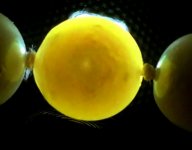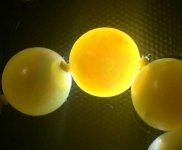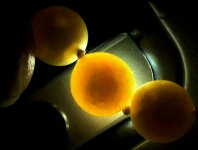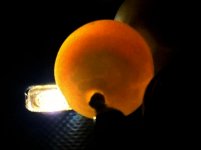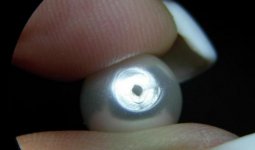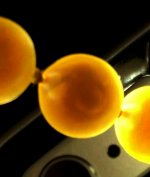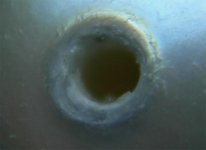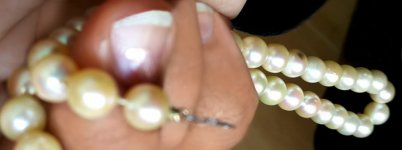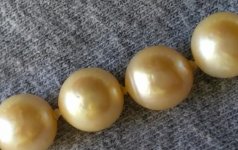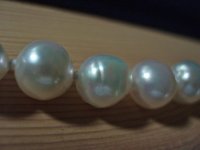Hi,
After seeing the thread about “Candled Natural Pearls" I went and did the same thing to each pearl of my necklace. I've attached some images to share my experience in candling my pearls with you. They are between 8 mm and 9.5 mm. What do you think? The next thing I will do is the x-ray. Thank you for your input already!
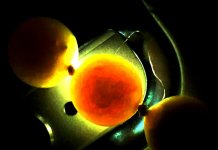
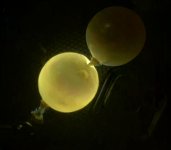
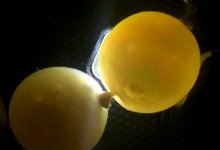

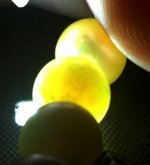
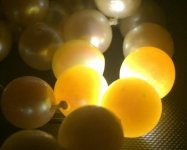
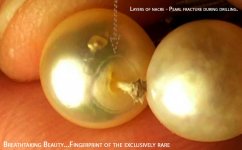
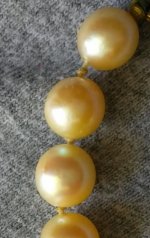
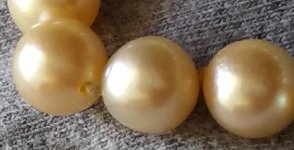
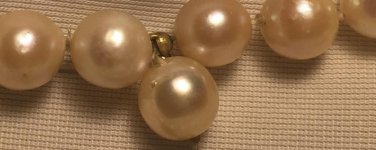
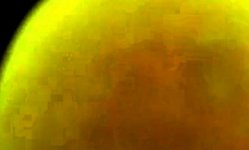
After seeing the thread about “Candled Natural Pearls" I went and did the same thing to each pearl of my necklace. I've attached some images to share my experience in candling my pearls with you. They are between 8 mm and 9.5 mm. What do you think? The next thing I will do is the x-ray. Thank you for your input already!












